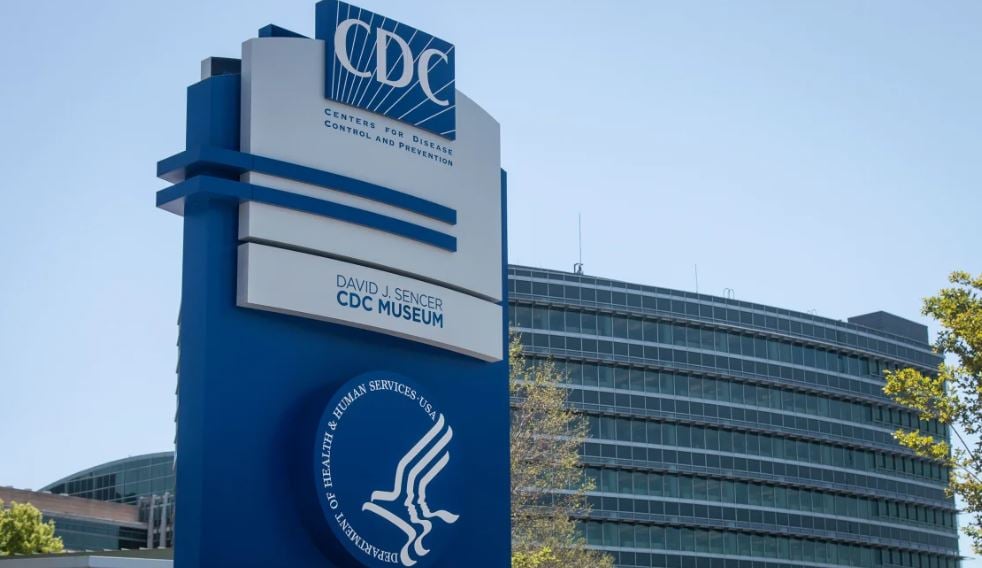CDC Identifies Second Human Bird Flu Case in US

ATLANTA — A Michigan farmworker became the second individual in the United States this year confirmed to have contracted the bird flu after exposure to infected livestock, the Centers for Disease Control and Prevention announced Wednesday.
The individual had only mild symptoms of infection with the virus, known as H5N1, and has fully recovered, the agency said.
The CDC did not identify the farmworker or the farm on which they work, due to privacy concerns.
According to a press release from the agency, the dairy worker was already being monitored for bird flu because of their work exposure to H5N1-infected cattle when they reported symptoms — an eye infection — to local health officials.
Two specimens — a nasal swab and an eye swab — were collected from the patient, but only the eye swab tested positive for infection.
The nasal swab was tested a second time and the results still came back negative for influenza.
Last month, the CDC reported an H5N1 infection in a Texas dairy farmworker — the first case associated with an ongoing outbreak in cows.
The detection of the latest case does not suggest that bird flu is becoming widespread in people, and the agency maintains the risk to the general public remains low.
Agency officials emphasize they have seen no signs to date of “sustained human-to-human transmission.”
That said, the CDC said the confirmation of a second case underscores the importance of taking recommended precautions.
For those in the farming or livestock business, these include avoiding unprotected direct physical contact or close exposure with:
- Sick birds, livestock or other animals.
- Carcasses of birds, livestock or other animals.
- Feces or litter.
- Raw milk.
- Surfaces and water (e.g., ponds, waterers, buckets, pans, troughs) that might be contaminated with animal excretions.
As for the general public, the agency recommends that people avoid unprotected exposures to sick or dead animals including wild birds, poultry, other domesticated birds, and other wild or domesticated animals, as well as with animal feces, litter or materials contaminated by birds or other animals with suspected or confirmed H5N1 virus infection.
People should not prepare or eat uncooked or undercooked food or related uncooked food products, such as unpasteurized (raw) milk or raw cheeses from animals with suspected or confirmed H5N1 virus infection (avian influenza or bird flu).
Anyone exposed to H5N1-virus infected birds or other animals (including people wearing recommended PPE) should monitor themselves for new respiratory illness symptoms, including conjunctivitis (eye redness), beginning after their first exposure and for 10 days after their last exposure.
According to the U.S. Department of Agriculture, the H5N1 virus has been detected in 51 dairy herds in nine states, but the outbreak could be more widespread than already suspected.
On Monday, the Food and Drug Administration, which conducted its own testing, found traces of the virus in 20% of dairy products sampled from grocery stores in 17 states.
Scientists studying the outbreak believe the virus was likely transmitted from wild migratory birds to dairy cows in Texas and the Midwest late last year, though the first infections were not confirmed until late March.
The first confirmed human case of H5N1 was in 2022. In that case, a person in Colorado became ill after direct exposure to infected poultry.
The Colorado Department of Public Health and Environment later said the man, a state inmate who had been working on a commercial farm, recovered after being treated with the antiviral drug oseltamivir.
Dan can be reached at [email protected] and @DanMcCue

























